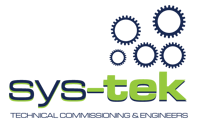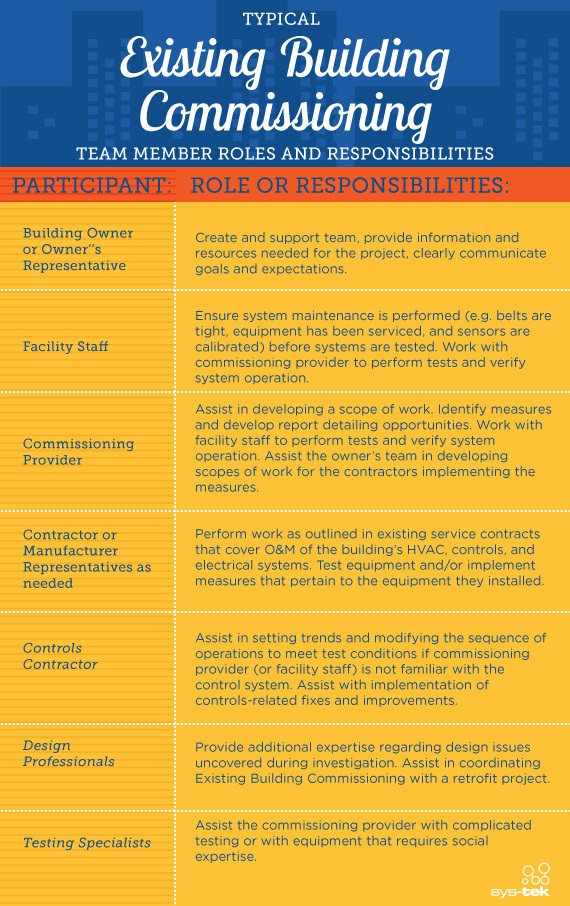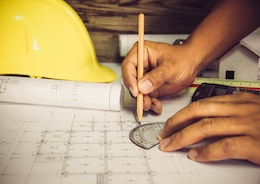LEED certification levels
Oct 23, 2013
Leadership in Energy and Environmental Design (LEED) is a green building environmental program that uses a verification process to determine whether a building is designed in a way that implements environmentally friendly practices, such as conservation of energy and water, improved indoor air conditions, and reduction of CO2 emissions.
To receive a LEED certification level, a building’s overall performance and daily operations must be assessed by a third-party company certified in LEED assessment. The third-party provider will complete a walkthrough and analysis of a building’s operations and setup, then score the building’s performance across several different categories. The total score is then used to determine a building’s overall LEED certification level.
LEED scoring categories
There are 5 main categories used to measure green building criteria:
- Sustainable sites – The measurement of how a building’s operations minimize harmful effects on ecosystems and water resources.
- Water efficiency – The use of strategies that promote reduced water consumption.
- Energy and atmosphere – The use of procedures that promote reduced energy consumption.
- Materials and resources – The use of practices in daily operations that involve reducing waste and using sustainable building materials.
- Indoor environmental quality – The use of strategies designed to improve indoor air quality and provide access to more natural daylight.
Additional categories also exist for neighborhood development projects and home projects. Neighborhood development projects generally call for the promotion of open space and walkability options, while home projects also encourage open space and education of homeowners on green building features.
All buildings assessed for LEED certification are also eligible to earn bonus points in the innovation in design and operations category and in the regional priority category, in which buildings in different geographical regions make improvements to accommodate certain regional environmental priorities.
Levels of LEED
The number of points that a building earns during LEED assessment will determine the level of LEED for which it qualifies. There are currently four different levels of LEED:
- Certified: 40 – 49 points
- Silver: 50 – 59 points
- Gold: 60 – 70 points
- Platinum: 80+ points
The higher a building’s LEED level, the better a building is demonstrating that practices sustainability and reduces its environmental impact. Plus, a LEED certification level informs a company’s clients, peers, and the general public that its buildings are wholly invested in environmental conservation and protection. Buildings with LEED certification are also usually less costly to operate and maintain, are safer and healthier for tenants, and can serve as an ideal physical reflection of a company’s values.
sys-tek now provides buildings with free LEED commissioning assessments, conducted by senior engineers who are certified as LEED accredited professionals. Contact sys-tek today to learn more about our free LEED commissioning assessment offer.








